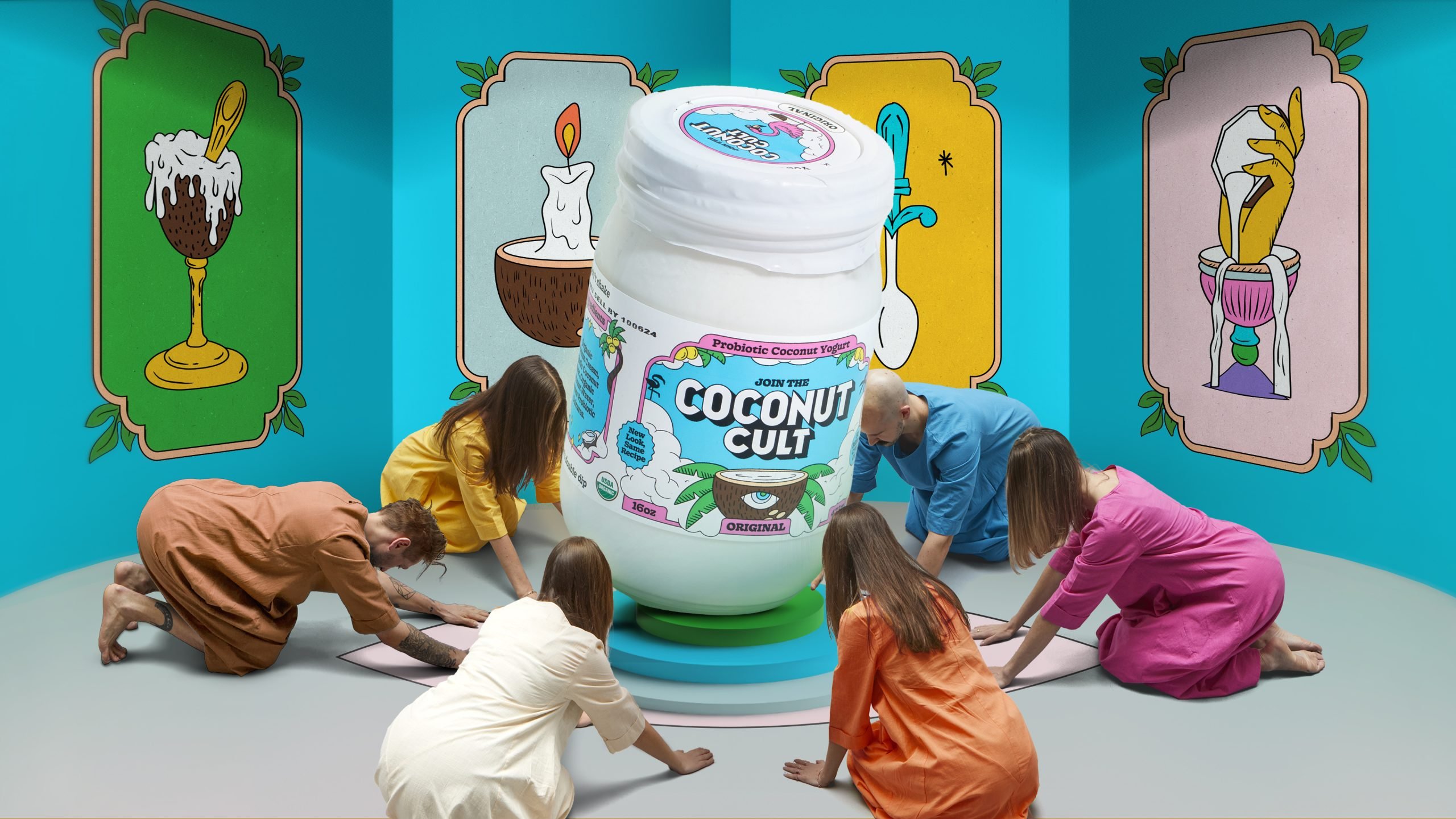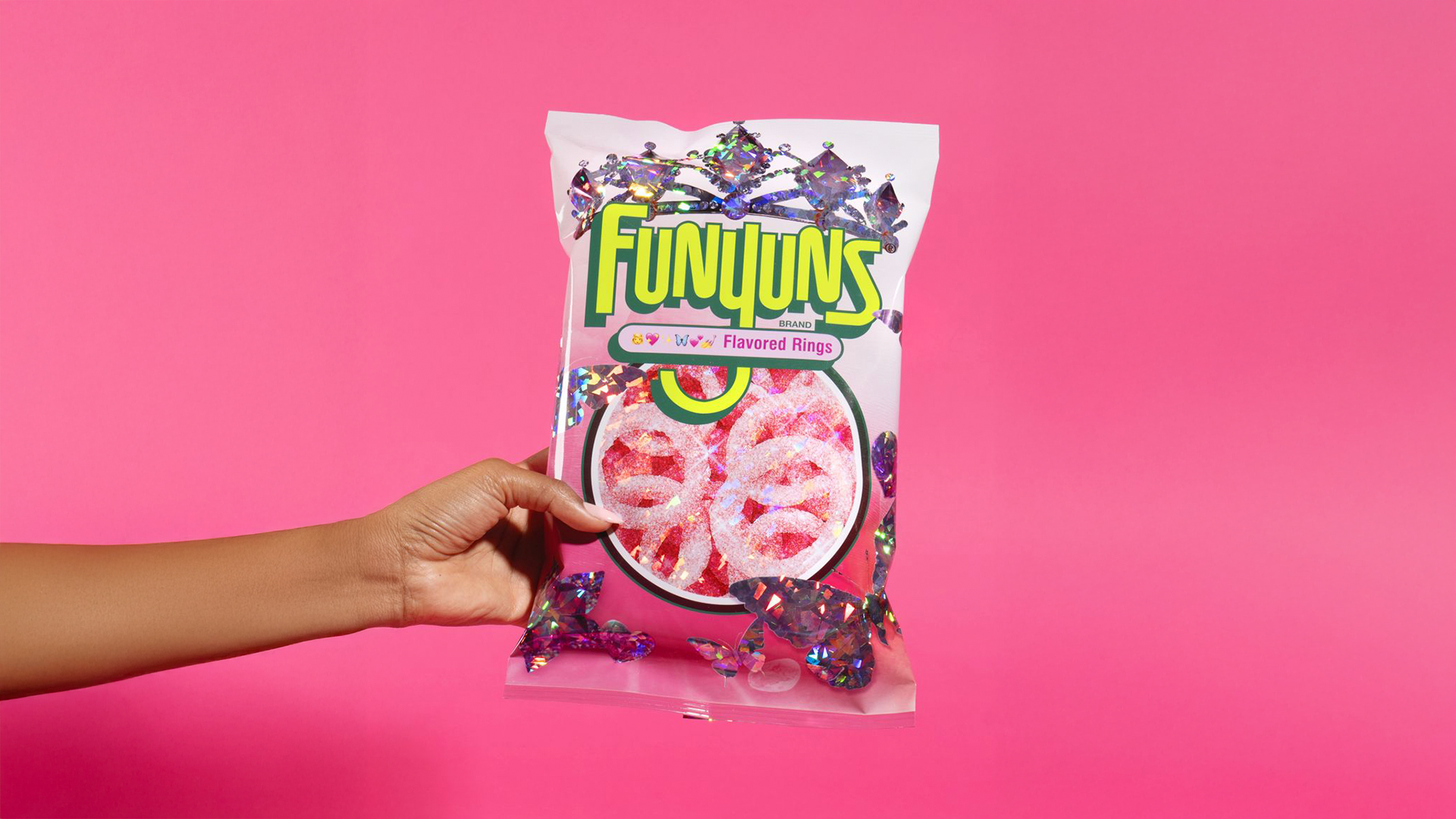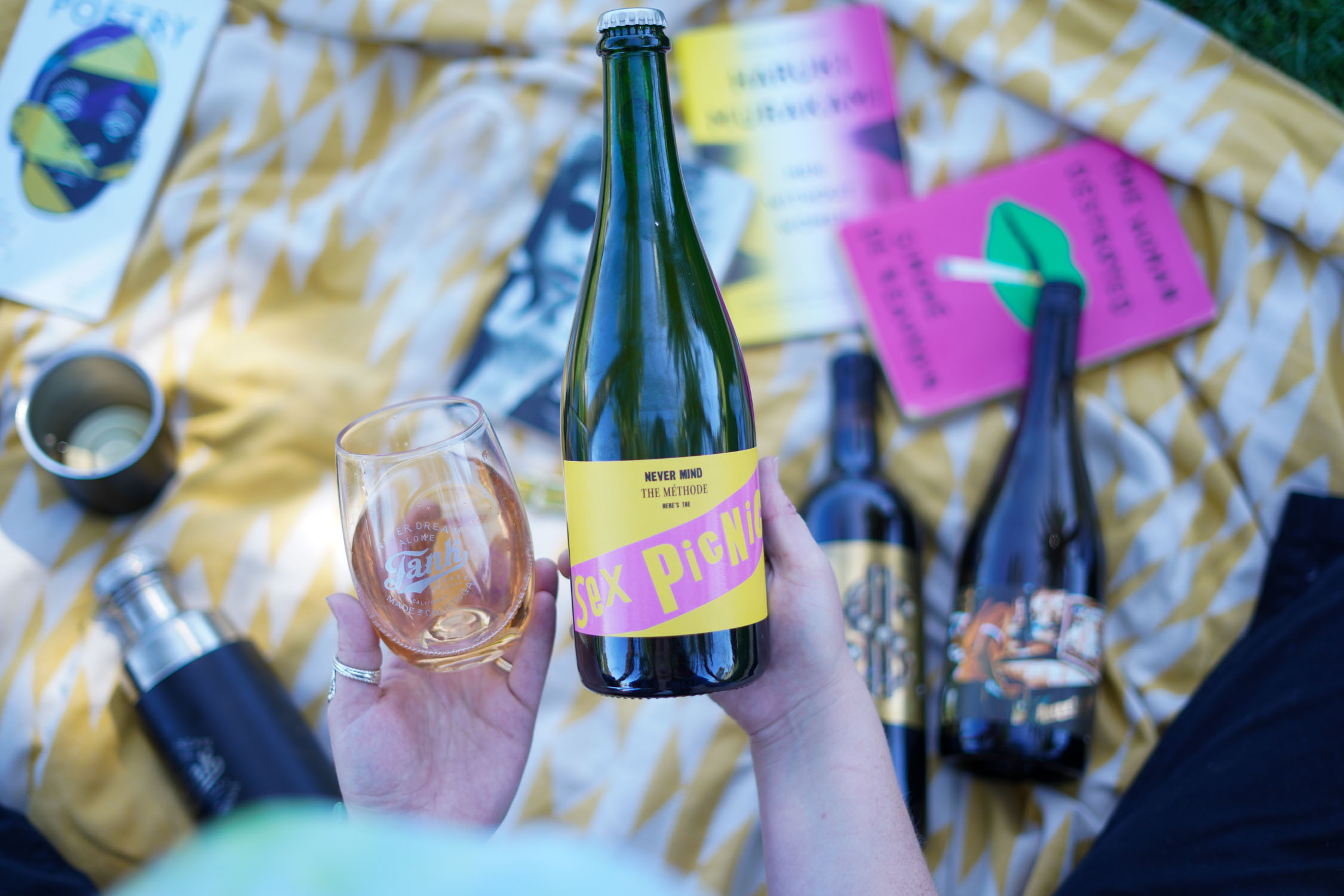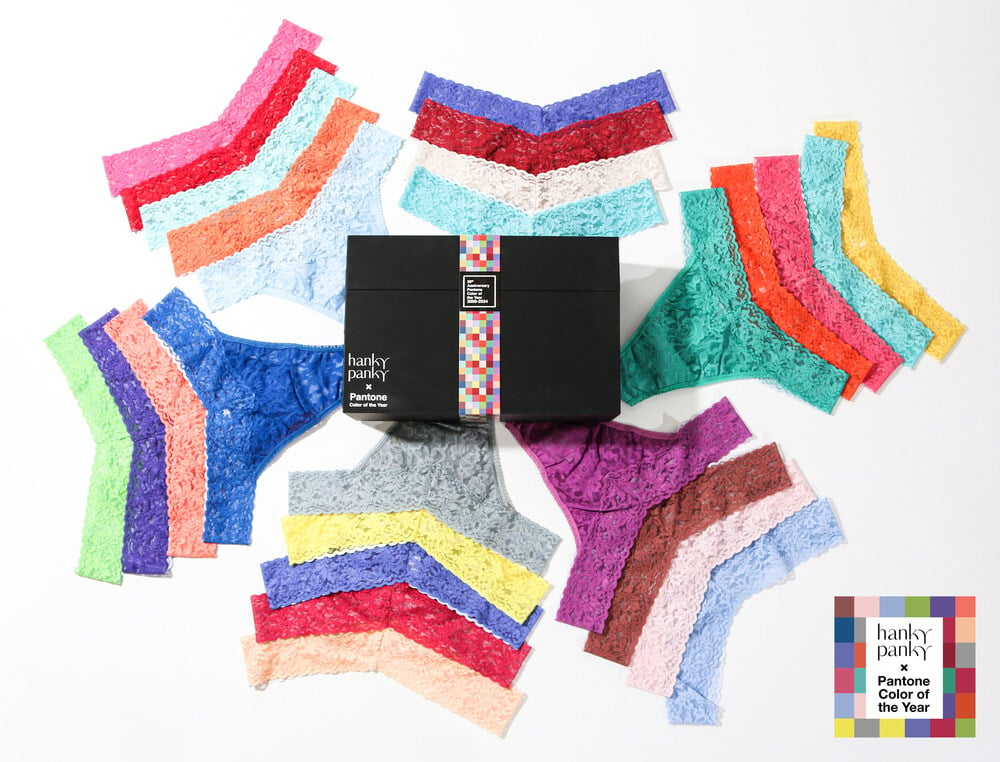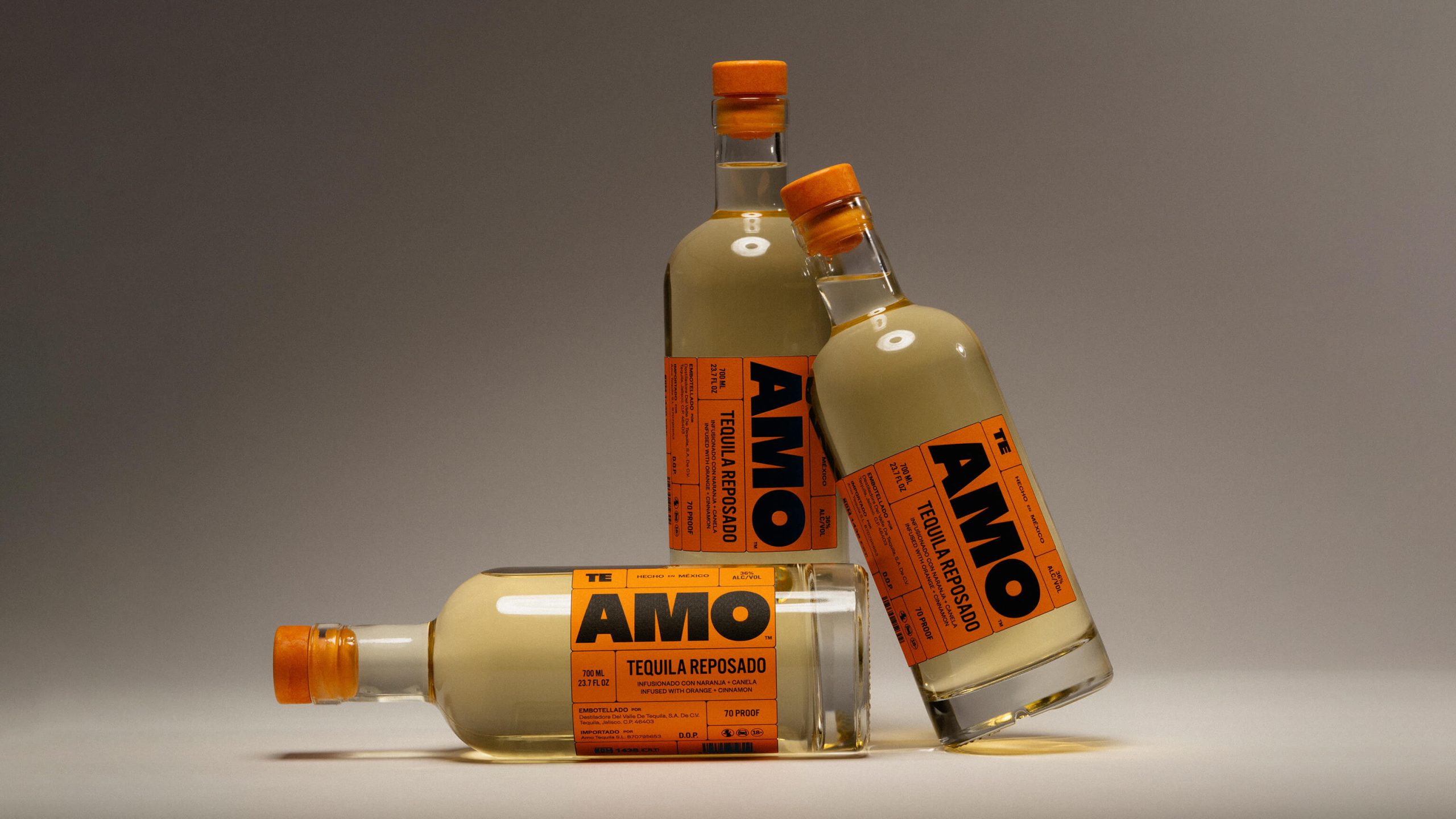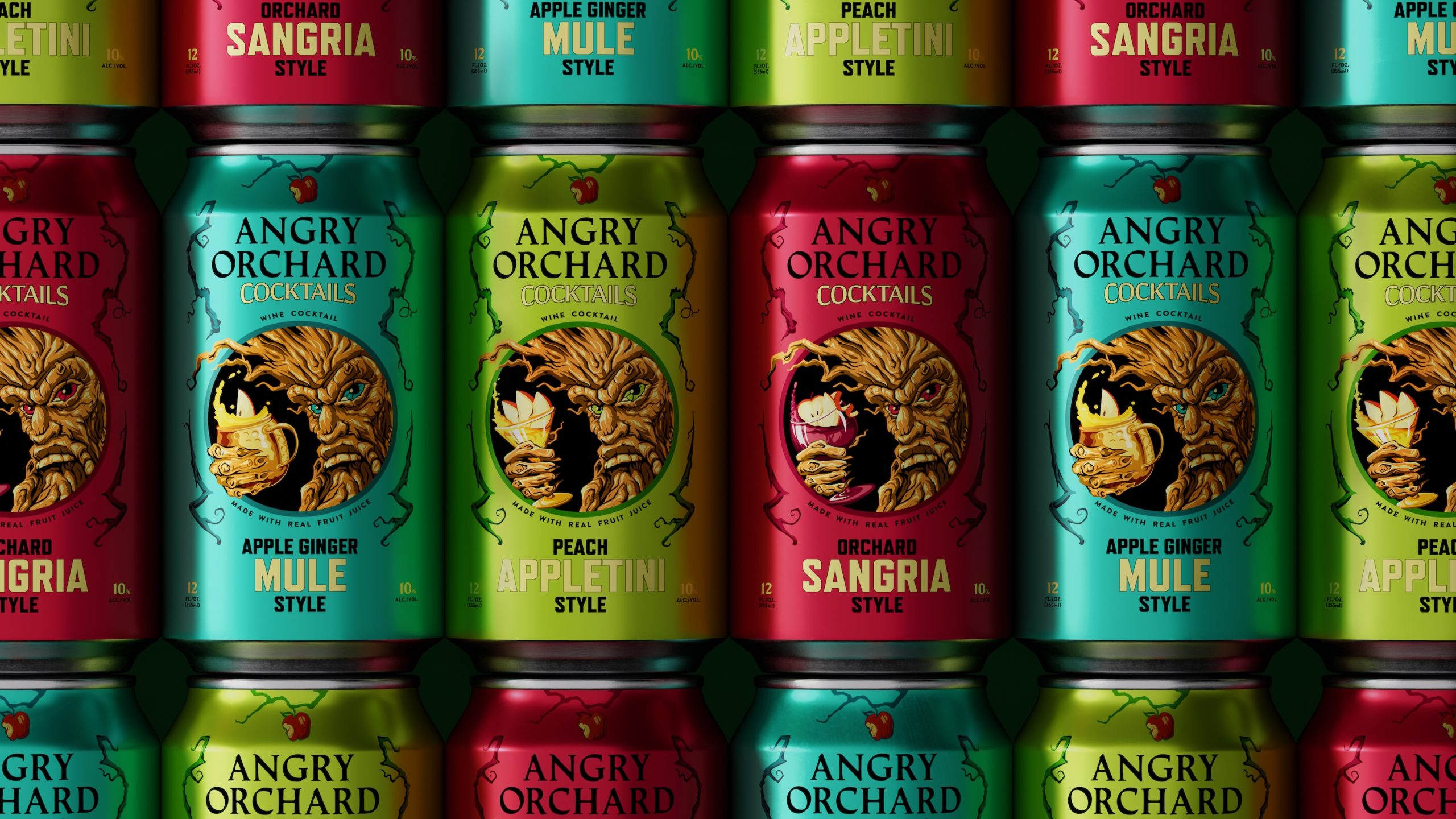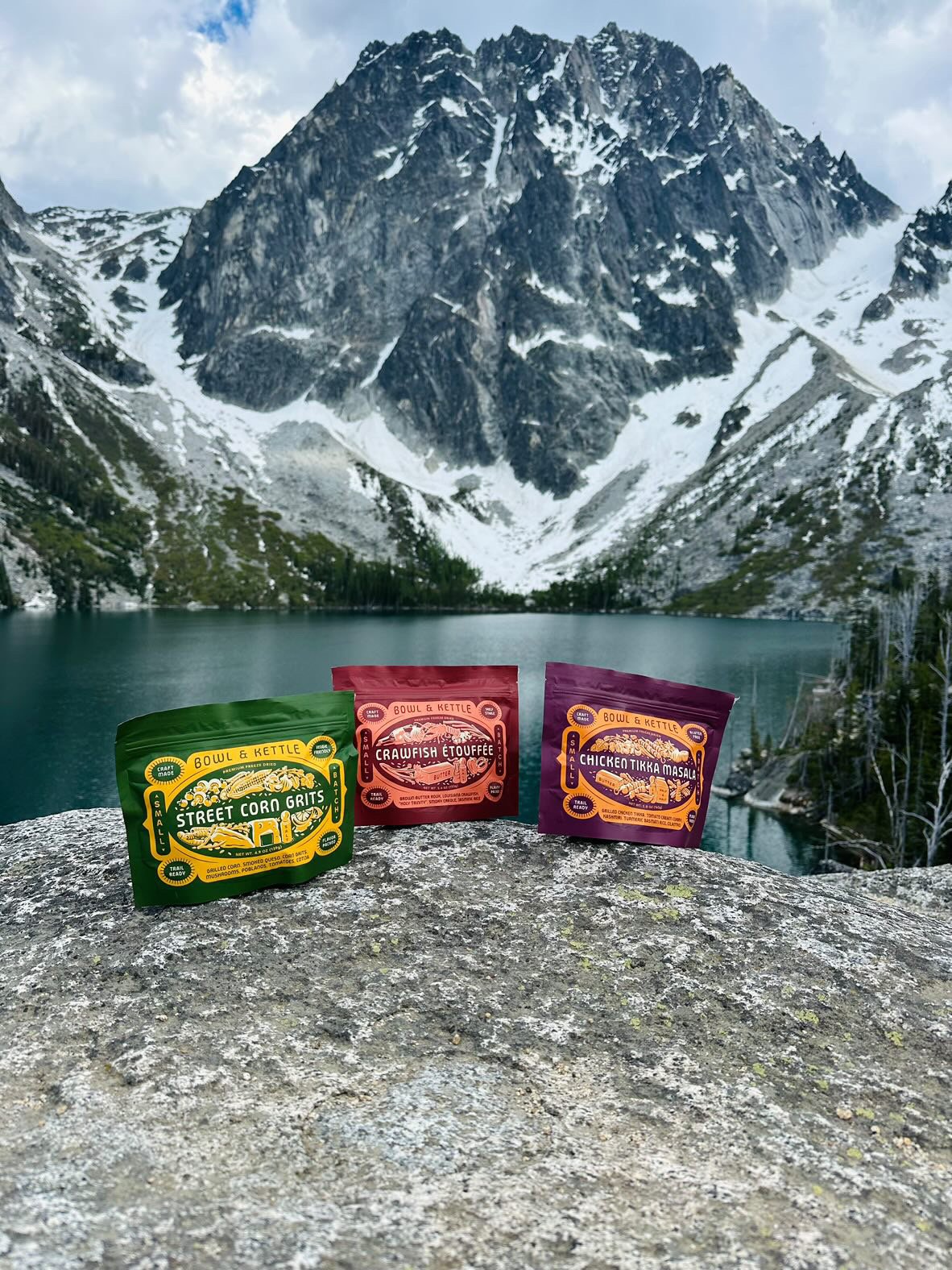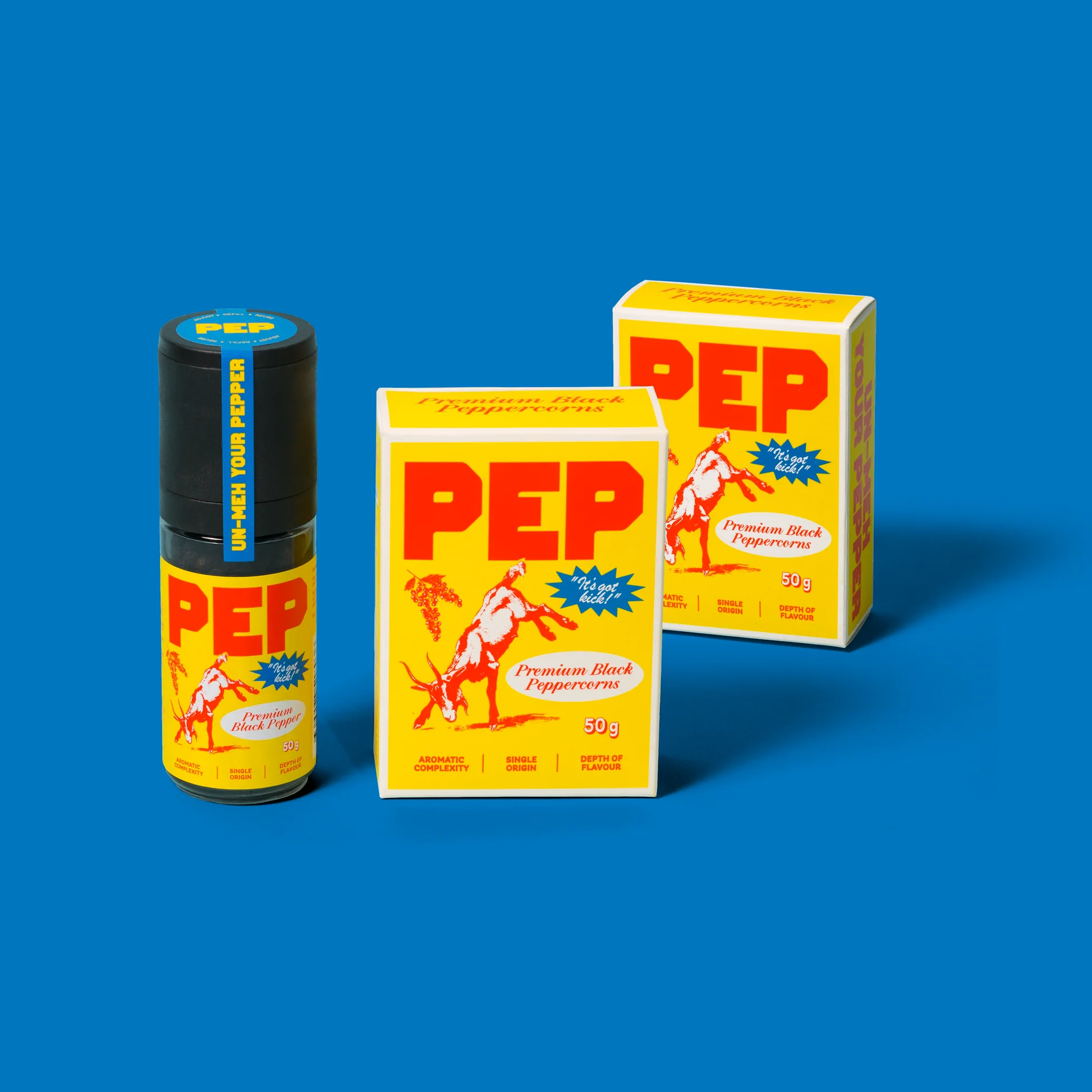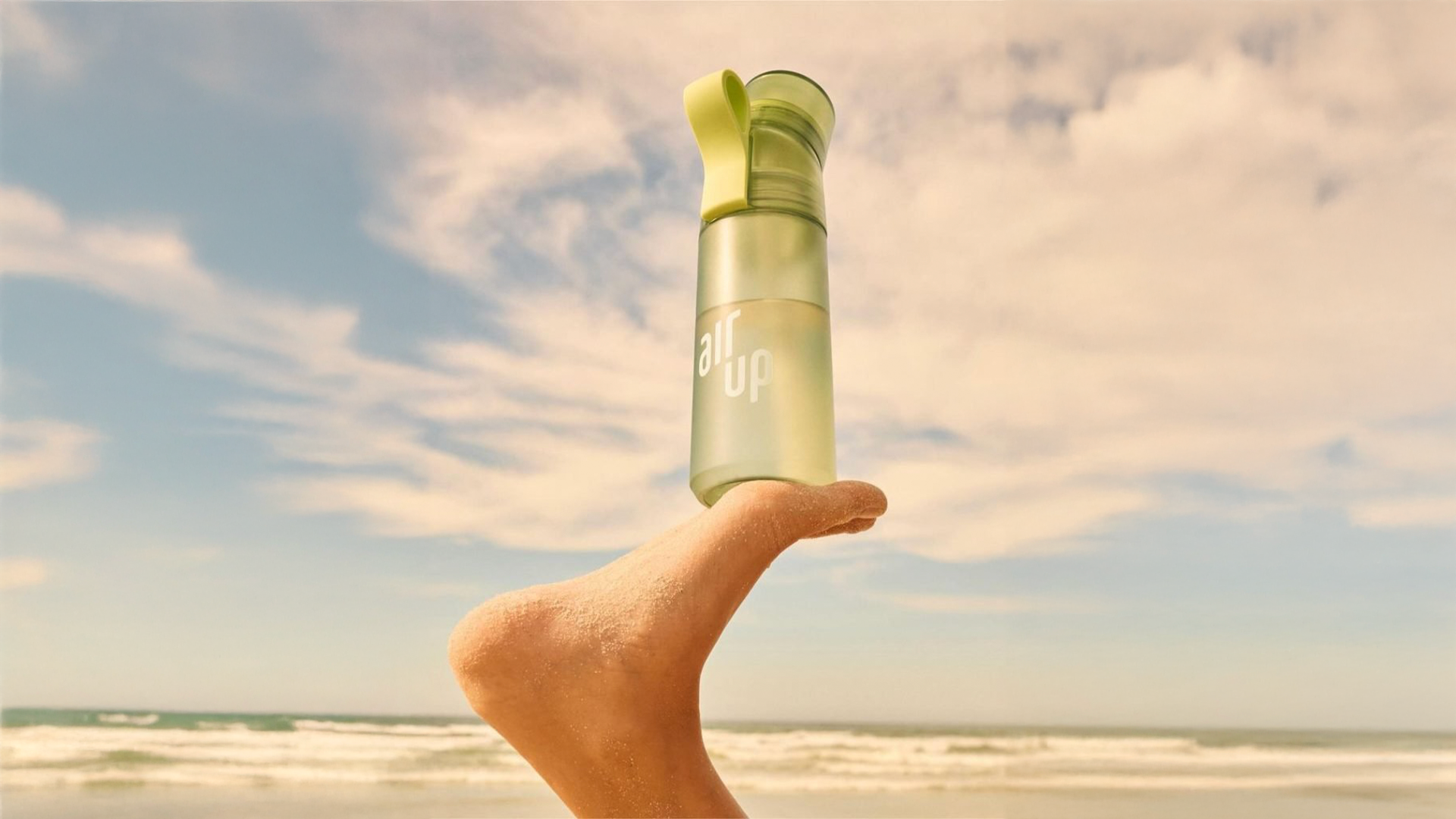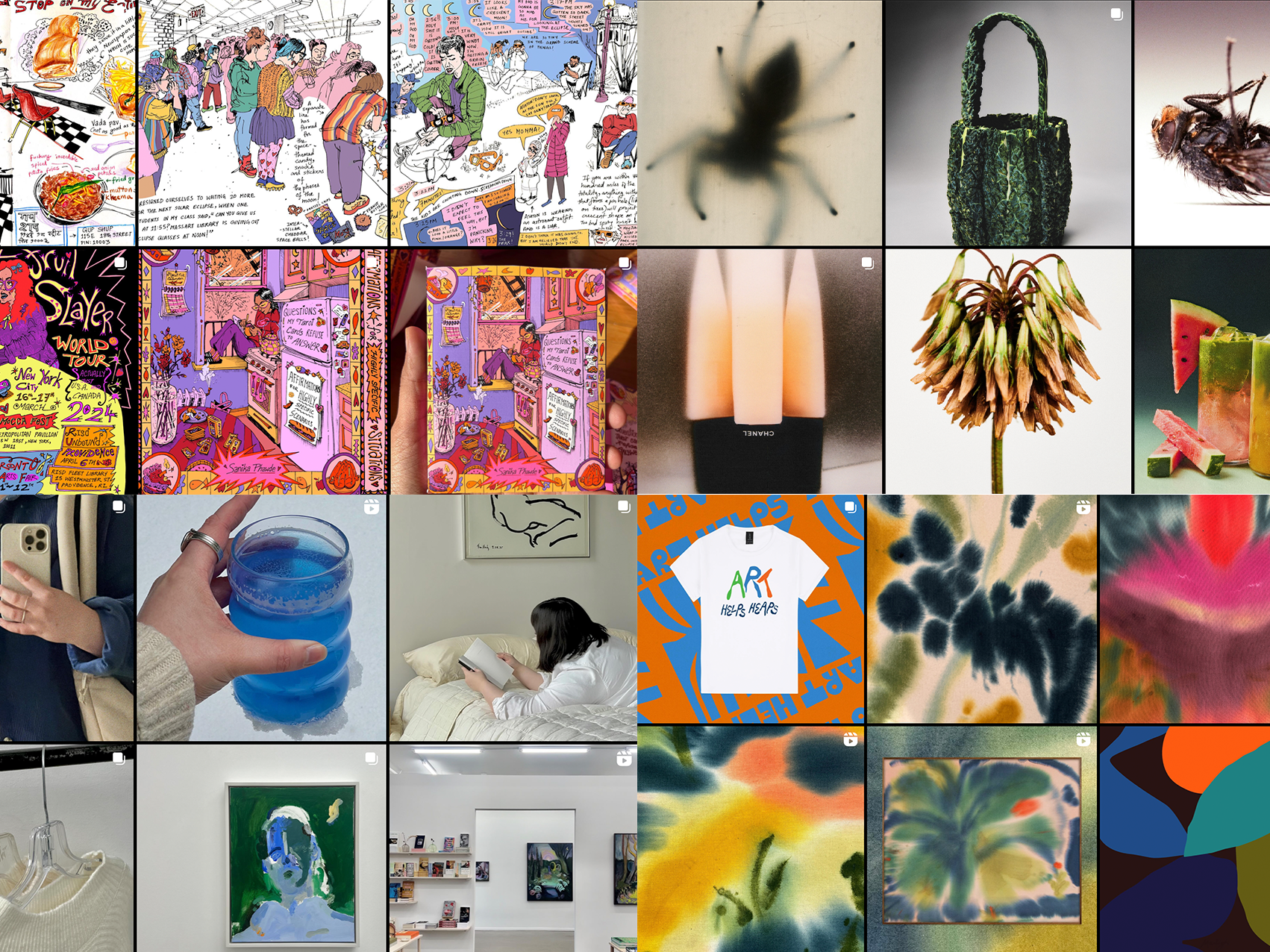Many people rely on medication and supplements to maintain or improve their health. Some of these medications are critical and sometimes very expensive.
But they often come in less-than-desirable packaging.
Papacks’ paper blister pack offers a compostable and recyclable alternative to the ones traditionally made from plastic, and it was an easy, innovative favorite for our 2023 Editor’s Choice winner at the Dieline Awards.
Blister packs have a lot of advantages. Each dose gets enclosed in its own compartment, which keeps them more intact than loose in a bottle. Plus, patients can keep track of tablets taken by counting how many are left.
Tablets and capsules were, for the longest time, sold in conventional bottles. But with the advent of the birth control pill, the pharmaceutical industry saw the importance of making it easy for patients to keep track of their doses, leading to push-through blister packaging, in addition to the circular-shaped contraception pack that remains ubiquitous today. To reduce the number of suicides using paracetamol—or acetaminophen in the US—the UK government restricted the number of doses sold per package while transitioning the pain medication to blister packs in 1998. Deaths by hepatic paracetamol poisoning decreased by 30% compared to the previous two years.
Blister packs clearly have some significant benefits and have become very popular, especially in Europe. In a recent report by market research firm Future Wise, the market for pharmaceutical blister packaging will surpass $15 trillion in 5 years, growing at an annual rate of 6% between 2022 and 2028.
Most blister packs for tablets and pills get made using different materials, including fiber, plastic, and metal. The latter two offer superior protection against moisture and oxidation, critical properties to consider when packaging medication. Of course, the pack’s use of mixed materials and their shape and size make them difficult to recycle and create more landfill waste, in addition to the adverse environmental effects of extracting, processing, and using non-renewable, fossil-based materials.
Papacks is a German-based firm that has designed a fiber-based molded tablet blister pack that is recyclable along with waste paper. The blister packs use FSC-certified virgin fiber, a renewable resource that contributes less to greenhouse gas (GHG) emissions. It also comes coated with an organic seal and is produced in food-safe certified facilities.
The fiber blister packs require significant technical expertise from Papacks, and the firm uses custom-developed machinery to create the pulp and mold, in addition to equipment that dries the packaging. The manufacturer can also customize the blister packs to fit the desired application.
“Our paper blister packs are repulpable, recyclable, and don’t harm the environment; they are completely circular,” says Guido Schmitz, vice president of Papacks America. “From all the inquiries we receive at Papacks, I see interest in all industries trying to go green. From candy and chocolate to food, chewing gum, and cosmetics. Everyone is trying to find a more sustainable path. There’s a big push from consumers for greener products in all industries, and pharma is no exception.”
It’s not just fiber-based blister packs that Papacks produces. According to Schmitz, Papacks can even make a shampoo paper bottle you can leave in the shower, and they’re currently building a line capable of producing 30 million compostable bottles in Europe.
“We would like to like to go after the Boston round bottle next,” Schmitz said. “The Boston round is the main standard bottle used in OTC, nutritionals, and pharma products. We want to create the most impact; starting with the most used shape will allow us to be competitive and attract the most consumers.”
“Long term, because we believe in circularity, we don’t want to ship stuff over the ocean,” Schmitz added. “That’s a big reason why Papacks wants to produce locally from nearby available fibers. Right now, we use wood pulp, but thinking about the future, if Papacks produces in Ecuador, we want to use Ecuadoran banana trees as a source of fiber. In other places in Latin America, a lot of eucalyptus can be a source of fiber.”
Schmitz says local production that minimizes GHG emissions requires a larger fiber economy of scale, something Papacks is working on through financial partnerships to bring its manufacturing across the ocean in markets like the US.
“Governments are very, very sensitive to ban a specific item. For some, the plastic bag ban was a disaster,” explains Schmitz. “But governments knew there was a functional, sustainable alternative and knew the end life of that product; then they’ll be more confident in banning certain single-use products.”
The goal of Papacks is to be truly circular, using highly renewable sources of fiber to make packaging that can be repulped, composted, and recyclable. And should it end up in the landfill or environment, it won’t cause harm.
A $15 trillion market in a heavily regulated space with strict safety requirements cannot transform overnight. Blister packs provide a lot of conveniences and protect vital medication, but they also produce unrecyclable plastic. Thanks to Papacks, manufacturers have a sustainable, circular option to pack their tablets and pills. Consumers may have fewer options if relying on a particular medication if they’re filling a prescription, but they also might be more inclined to purchase a brand in more sustainable packaging for over-the-counter (OTC) pills.


